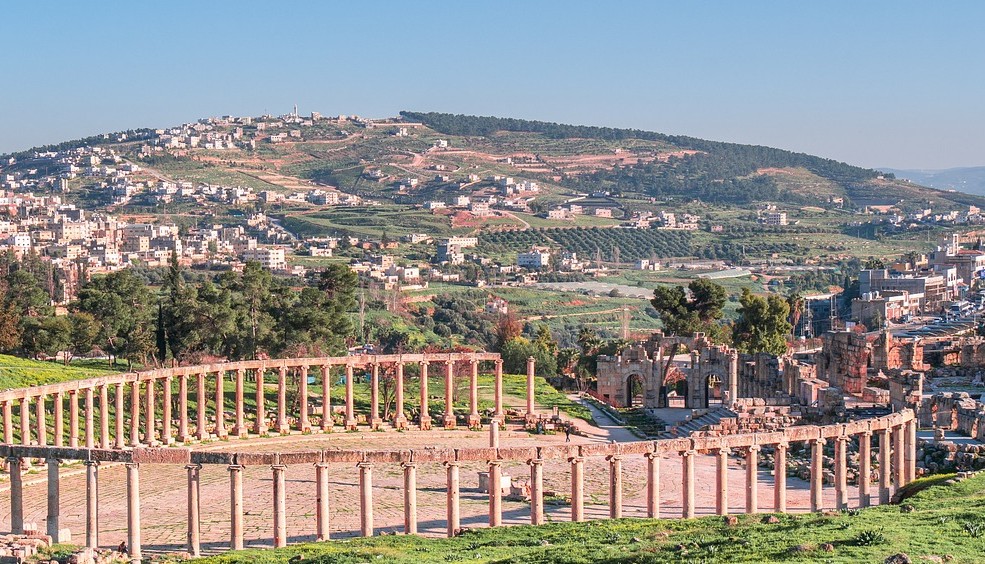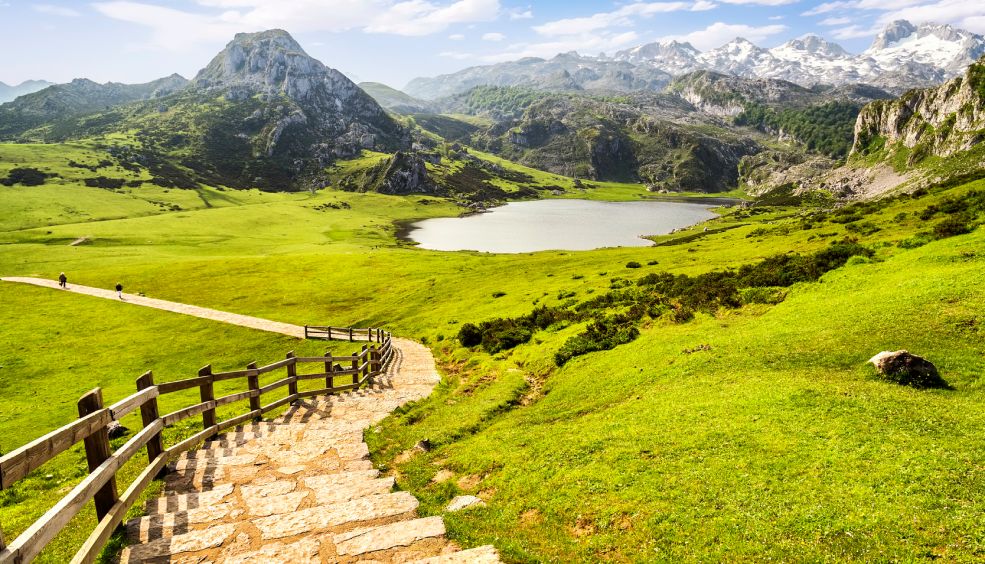5 top destinations this summer (2023)
If you're still undecided about where to go this summer, we're about to make it easy for you. We have prepared a few ideas, both popular and less well known, that will get people talking this year.
more infoAsturias at Easter: discover the best things to do!
Festivals, processions, gastronomy, nature, cities, art and culture... You'll find all this and much more at Easter in Asturias!
more info5 recommendations for day trips close to Barcelona
Looking for things to do around Barcelona? If you’re planning a visit to the Catalan capital and want to get off the beaten track, we’ve put together 5 getaways for you. Discover hidden spots just half an hour from the city: unspoiled beaches, hot spring resorts, a Gaudí creation far from the teeming crowds of the Sagrada Familia, and the monastery where Columbus was greeted by the Catholic Monarchs following the conquest of America.
more info5 days enjoying slow life on the island of Majorca
The island of Majorca is full of surprises. It has many leisure options, as well as nature, culture, traditions and contrasts. It’s worth spending a few days exploring, and you’re sure to come again! Join us on a five-day getaway to discover the best of the island’s slow life. Are you ready?
more info




